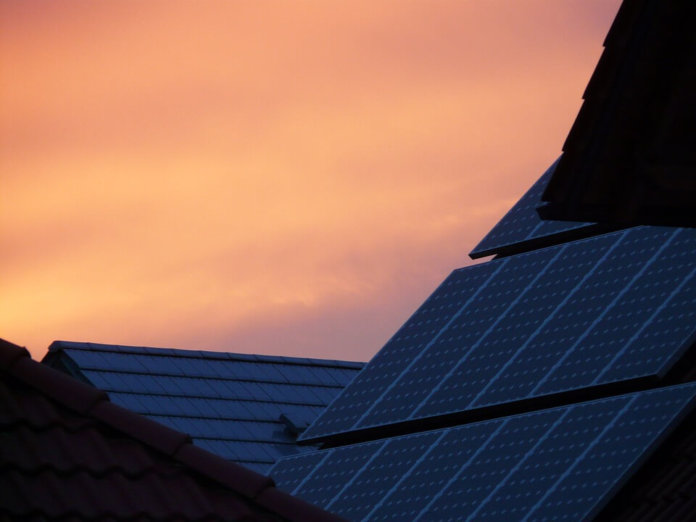The Solar Energy Industries Association (SEIA) and the Utah Solar Energy Association (USEA) are jointly thanking Gov. Gary Herbert, R-Utah, and the Utah state legislature for two new laws that will help future solar homeowners through cost-savings and increased consumer protection.
The consumer protection measure, S.B.157, requires solar companies to provide all residential customers with a disclosure statement that summarizes key terms in an agreement. The disclosure statements were modeled on SEIA’s standardized disclosure forms developed for the public.
Utah is the fourth state to enact legislation based on SEIA’s consumer protection work, following Florida, Nevada and New Mexico, the groups note.
Herbert also signed into law S.B.141, which provides a two-year extension of a $1,600 tax credit for Utah customers who adopt solar systems – providing much-needed stability as the industry adapts to recently restructured solar rates for homeowners, the groups say. Beginning in 2021, the credit will be gradually phased down until it is eliminated at the end of 2023.
Herbert signed both pieces of legislation into law this month.
“The solar industry welcomes proactive consumer protection actions, like S.B.157, which ensure transparency and an educated consumer, both essential ingredients for growing the solar market. These bills are a major win for Utah’s solar customers and businesses,” comments Sean Gallagher, SEIA’s vice president of state affairs.
“The Utah solar industry depends on customers being well-informed about their solar transactions,” adds Ryan Evans, USEA’s president. “We thank Gov. Herbert and the legislature for giving solar consumers the same kind of protections they get when making everyday purchases. Without a doubt, these two pieces of legislation will allow the Utah solar market to continue to grow.”
According to the groups, Utah is the eighth-largest solar state in the U.S., with 1,599 MW of cumulative solar capacity installed. The state’s solar industry employs 6,170 workers, ranking it 12th among states and fourth for solar jobs per capita. The workforce grew by 40% last year, adding more than 1,700 jobs.




